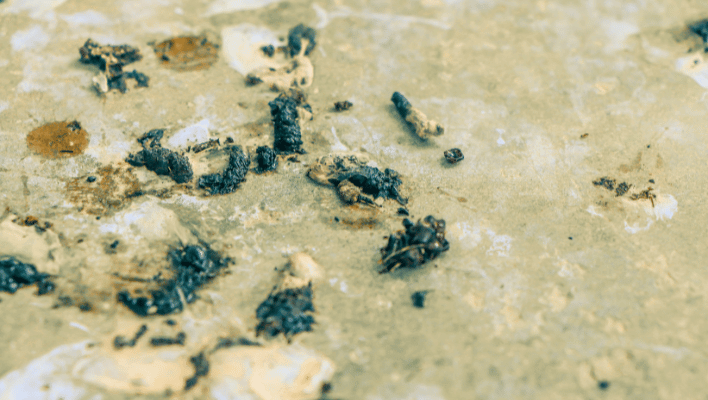Introduction:
Monitoring your Bird’s Droppings is an essential aspect of responsible bird ownership. By observing and analyzing changes in the colour, frequency, volume, and texture of your bird’s droppings, you can detect potential health problems early on and seek timely veterinary care. This article aims to provide a detailed understanding of the importance of monitoring your Birds poop, the components of normal droppings, how to identify abnormal droppings, potential causes of abnormalities, and the necessary steps for diagnosis and treatment.

Why Should I Monitor My Bird ‘s Poop?
Table of Contents
Regularly monitoring your Birds poop serves multiple purposes:
- Early Detection of Health Problems: Abnormalities in your Bird’s droppings can often be an early indicator of underlying health issues. By promptly recognizing and addressing these changes, you can prevent serious complications and ensure your bird’s well-being.
- Evaluation of Overall Health: Along with monitoring Bird’s droppings, being familiar with your bird’s behaviour and physical characteristics helps you assess its overall health. Changes in droppings, combined with other observations, provide valuable insights into your Birds well-being.
- Maintenance of Cleanliness: Monitoring your Bird’s droppings necessitates regular cage cleaning, ensuring a clean and bacteria-free environment for your bird. This practice promotes good hygiene and reduces the risk of infections.
Components of Normal Bird’s Droppings:
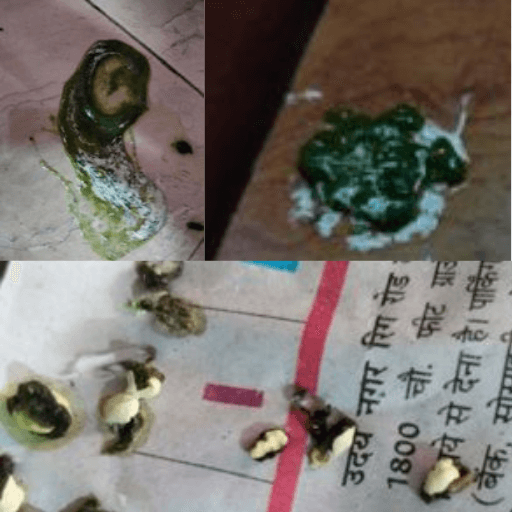
Understanding the components of normal Bird’s droppings is crucial for distinguishing abnormalities. The three main components of normal droppings are:
- Faecal Component: The faecal component refers to the solid part of the Bird’s dropping and is typically green or brown in color. The colour may vary based on the bird’s diet. It consists of digested food and waste materials.
- Urate Component: Birds produce a solid urate component to conserve water. Urate is usually white and is composed of uric acid crystals. It often appears as a separate entity within the droppings.
- Liquid Urine Component: The liquid urine component, although often overlooked, is an essential part of droppings. It is clear and watery. Becoming familiar with your bird’s normal Bird’sdroppings is crucial for identifying abnormalities in this component.
Identifying Abnormal Bird’s Droppings:
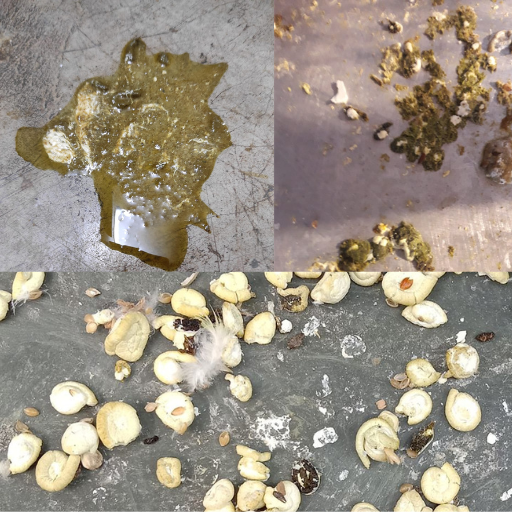
Recognizing abnormal droppings is crucial for timely intervention. Any deviation from your bird’s normal droppings should be considered abnormal. Here are common signs of abnormal droppings:
- Decrease or Increase in Dropping Frequency: A significant decrease or increase in the number of droppings can indicate underlying health issues.
- Changes in Color or Texture: Any alterations in the colour or texture of the faecal or urate component should be noted. This includes unusual colours, excessive softness or hardness, or unusual consistency.
- “Bubbly” Looking Bird’s Droppings: Droppings that appear foamy or bubbly could be indicative of health problems.
- Excessive Watery or Liquid Component (Polyuria): An increase in the watery or liquid component of droppings, referred to as polyuria, may suggest underlying health conditions.
- Presence of Blood: The presence of blood in Bird’s droppings is a concerning sign and requires immediate veterinary attention.
- Pea Soup Consistency of Feces: If the faecal component of the Bird’s droppings resembles pea soup in consistency, it may indicate internal issues that require further evaluation.
- Large Volumes of Clear Liquid in Bird’s Droppings: Excessive amounts of clear liquid in the droppings can be a cause for concern and may suggest underlying health problems.
Causes of Abnormal Droppings:
Abnormal Bird’s droppings can be attributed to various factors, including:
- Diet: Diet plays a significant role in the appearance of droppings. Consuming certain foods can temporarily alter the color or consistency of droppings. For example, feeding your Birds blueberries may result in temporary blue or purple droppings. Similarly, a diet rich in fresh fruits like apples, watermelon, peaches, or grapes can increase the amount of urine in droppings.
- Bird Urine Problems: Abnormal colors in urine can indicate underlying health issues:
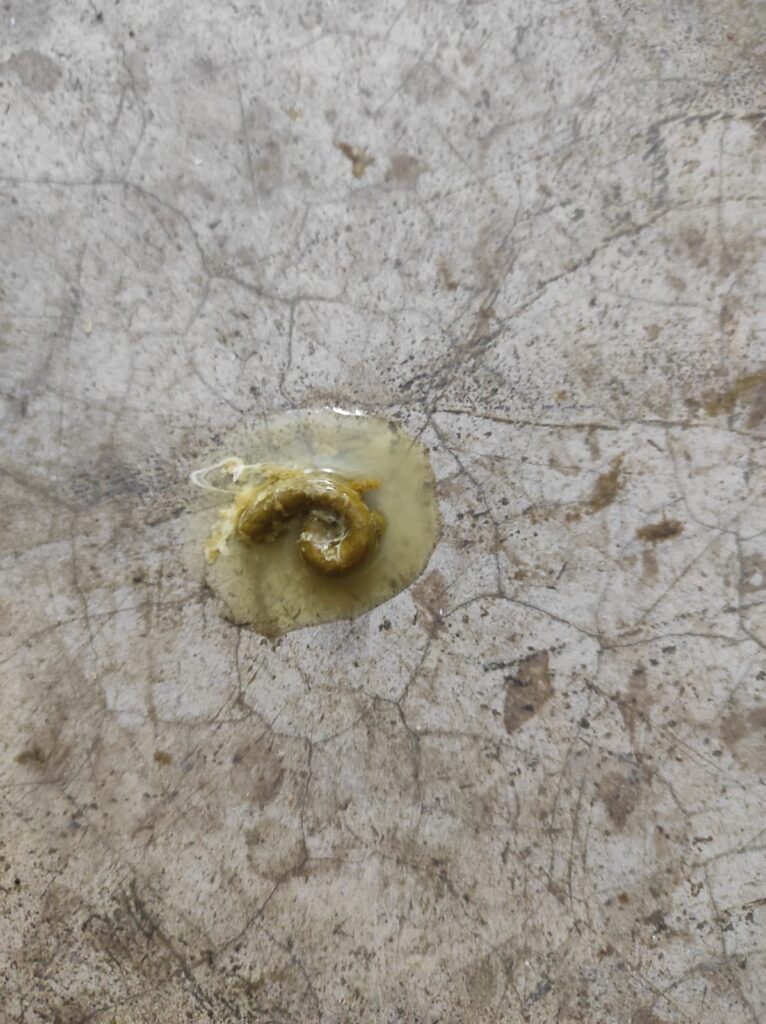
- Green or Yellow Urine: Green or yellow urine may indicate liver disease in your Birds . It is essential to consult a veterinarian for proper diagnosis and treatment.

- Red Urine: The presence of red urine in your Birds droppings could be a sign of internal bleeding occurring in the lower digestive tract. It may indicate conditions such as lead poisoning or kidney disease. Immediate veterinary attention is necessary in such cases.
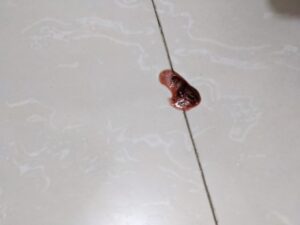
- Increased Urine Output: If you notice your Birds drinking excessive amounts of water and displaying increased urine output, it could be a symptom of bacterial diseases or other underlying health conditions. A thorough veterinary examination is crucial for accurate diagnosis and treatment.
- Bird Urate Crystals: Urate crystals, often distinguishable as a separate entity in droppings, can exhibit abnormal colors indicating potential health problems:
- Green or Yellow Urate: Green or yellow urates may signify liver disease or anorexia in your Birds . These conditions require a veterinary evaluation and appropriate treatment.
- Brown Urate: The presence of brown urates may indicate lead poisoning. It is essential to address this promptly, as lead toxicity can have severe consequences on your bird’s health.
- Red Urate: Red urates may indicate kidney disease or fresh internal bleeding. Seeking veterinary assistance is crucial for proper diagnosis and treatment.
- Increased Urate Production: Dehydration and possible kidney problems can lead to increased urate production. A veterinarian can provide guidance on managing these conditions and restoring your bird’s health.
- Bird Poop Abnormalities: The faecal component of droppings consists of digested food and can provide valuable insights into your Birds health. Abnormal colouration may indicate various problems:

- Black or Tar-like Feces: The presence of black or tar-like faeces suggests internal injury with bleeding high in the digestive tract. It may be caused by the ingestion of foreign objects leading to internal injuries. Immediate veterinary attention is necessary to address this potentially serious condition.

- Pea Green Feces: Pea-green faeces may indicate potential liver damage. Liver-related issues require careful evaluation by a veterinarian to determine the cause and implement appropriate treatment.

- White or Clay-Colored Feces: Problems with the pancreas or other digestive organs can result in white or clay-coloured faeces. It is essential to seek veterinary advice for proper diagnosis and management.
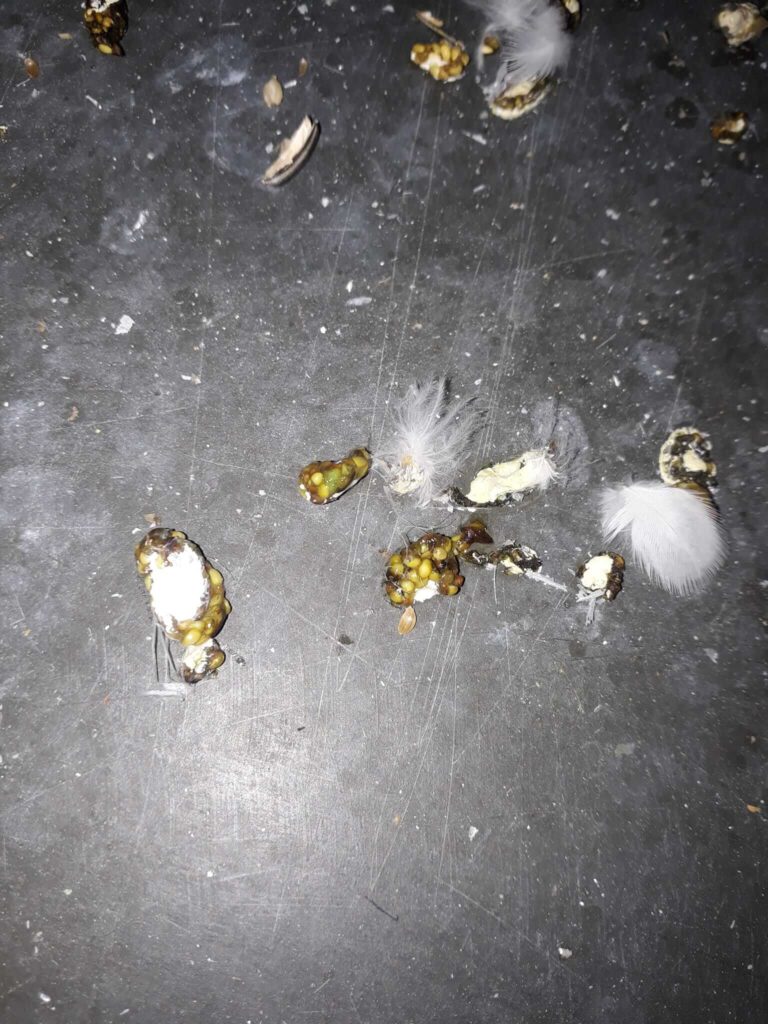
- Yellow, Greenish, or Grayish Water Droppings: The presence of yellow, greenish, or greyish water droppings can be associated with a potential infection caused by Chlamydophila psittaci. This bacterial infection, commonly known as “parrot fever,” necessitates immediate veterinary attention.
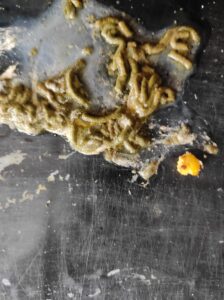
- Lumpy or Undigested Food: The presence of undigested food particles or lumpy droppings may indicate incomplete digestion, PDD (proventricular dilatation disease), or Giardia infection. A veterinary evaluation is crucial to determine the underlying cause and provide appropriate treatment by using Cocsi Drop.
Other Causes of Abnormal Droppings: In addition to the factors mentioned above, abnormal droppings can be associated with various health conditions, including intestinal diseases, liver diseases,
Frequently Asked Questions
Q: Why is monitoring my parrot’s droppings important?
A: Monitoring your parrot’s droppings is crucial for maintaining its overall health and detecting any potential abnormalities or health issues.
Q: How often should I monitor my parrot’s droppings?
A: It is recommended to monitor your parrot’s droppings on a daily basis to establish a baseline and identify any changes promptly.
Q: What are the components of normal parrot droppings?
A: Normal parrot droppings consist of three components: fecal component, urate component, and liquid urine component. Understanding the normal appearance of each component is essential.
Q: What are the signs of abnormal droppings in parrots?
A: Signs of abnormal droppings in parrots may include changes in color, consistency, frequency, volume, or the presence of blood or undigested food.
Q: What can cause abnormal droppings in parrots?
A: Abnormal droppings in parrots can be caused by various factors such as dietary changes, stress, illness, infections, parasites, or organ dysfunctions.
Q: When should I be concerned about my parrot’s droppings?
A: If you notice persistent abnormal droppings, such as changes in color or consistency lasting more than 24 hours, it is advisable to consult an avian veterinarian for a thorough evaluation.
Q: How can I differentiate between normal variations and abnormal droppings?
A: By familiarizing yourself with your parrot’s normal droppings through regular monitoring, you can better identify any significant changes that may indicate abnormalities.
Q: What should I do if I notice abnormal droppings in my parrot?
A: If you observe abnormal droppings, it is recommended to seek veterinary assistance. An avian veterinarian can examine your parrot, conduct necessary tests, and provide appropriate treatment if needed.
Q: Can diet affect the appearance of parrot droppings?
A: Yes, diet can influence the color, consistency, and volume of parrot

